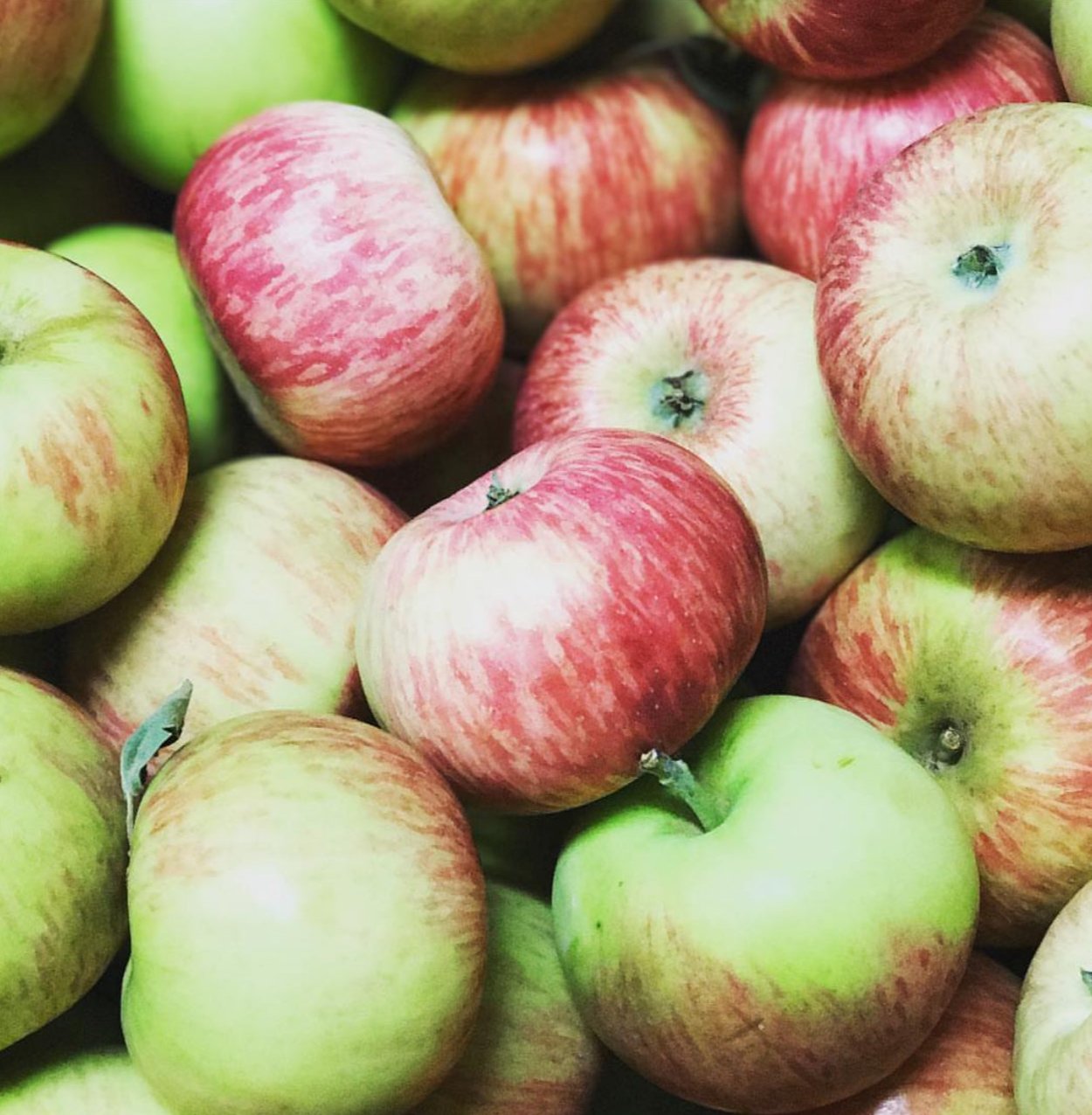Duchess Apple (Grafted)
Duchess Apple (Grafted)
Local Pickup Available in Harrop, BC
Couldn't load pickup availability
Why We Grow It
Why We Grow It
The Duchess apple is extremely cold-hardy, thriving in USDA Zones 3 to 6, and is well-suited to harsh winters. It shows moderate resistance to common diseases like scab and mildew, although regular management is necessary for pests and other potential issues. This resilience and versatility have ensured its continued popularity, particularly in northern orchards.
How the Plant Grows
How the Plant Grows
The Duchess apple tree is medium-sized with a rounded, spreading canopy. It grows vigorously but has a tendency toward biennial fruiting if not properly thinned. Regular pruning helps maintain its shape, remove deadwood, and improve air circulation, while thinning the fruit in heavy crop years ensures larger, better-quality apples.
Plant Size
Plant Size
Size at Maturity- Semi-standard size, maturing to approximately 15-20 feet tall and 15-20 feet wide
Current Size- 1-2' tall, 1 year old graft
Additional Info
Additional Info
The fruit of the Duchess apple is medium-sized with a round-conical shape. Its skin is bright red with prominent stripes over a yellow base, often featuring a waxy finish. The flesh is firm and crisp, offering a tart, tangy flavor that mellows slightly with storage but retains its lively acidity. This makes the Duchess apple ideal for pies, sauces, and preserves, although it is also enjoyed fresh by those who prefer tangy apples. The tree typically ripens its fruit early in the season, with harvests occurring in late summer, around August to early September.
Also known as Duchess of Oldenburg, is a historic and hardy apple variety that originated in Russia during the early 18th century. It was introduced to England in 1817, where it gained popularity before spreading across Europe and eventually arriving in North America in the mid-19th century. Its exceptional hardiness made it especially prized in regions with cold climates. The Duchess apple has also played a significant role in breeding programs to develop other hardy apple varieties.
Share

Plant Highlights
-

Water
Medium
-

Pollination
As a triploid variety, it cannot pollinate other apple trees and requires a compatible pollinator, such as Golden Delicious, Honeycrisp, or Cortland, to produce fruit. The tree blooms in mid-season, aligning well with many other apple varieties.
-

Soil
It thrives in well-drained, loamy soils with a slightly acidic to neutral pH
-

Years to Bear
3-5
-

Hardiness
Zone 3 (-40)
-

Solar
Full sun for optimal growth and fruit production though can produce in partial shade
Subscribe to our emails
Lots of Free Growing Info. Be the first to know about new plants and exclusive discounts.







